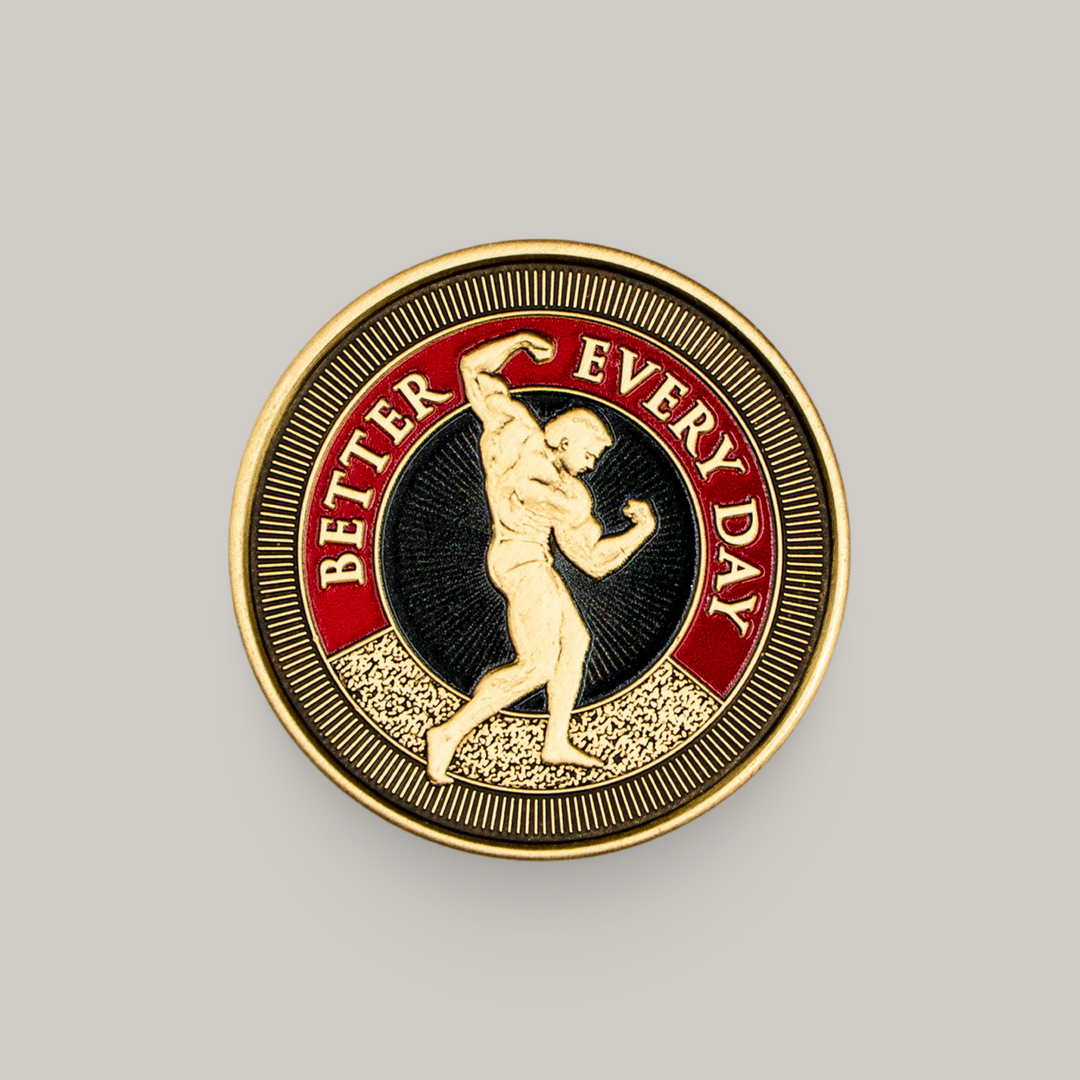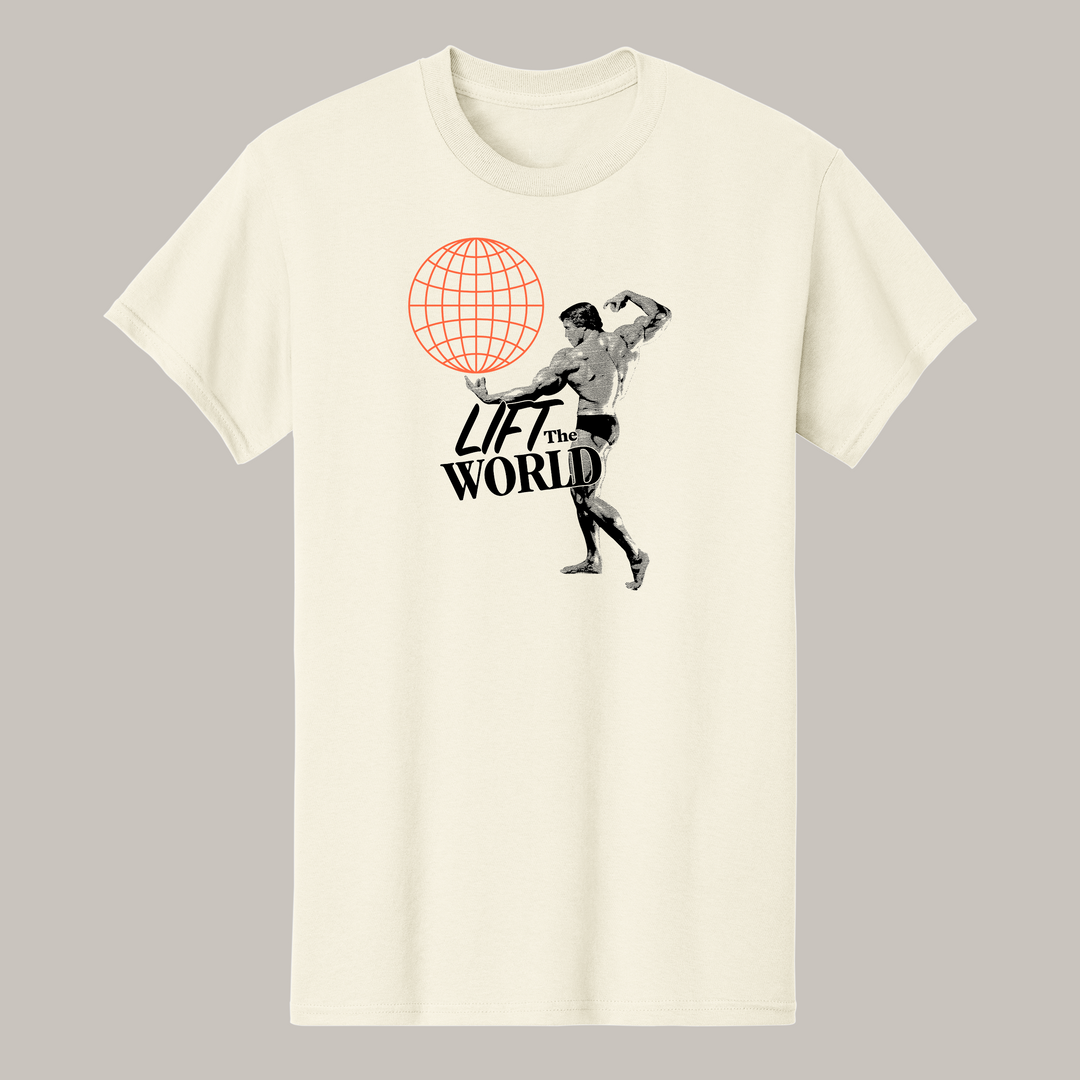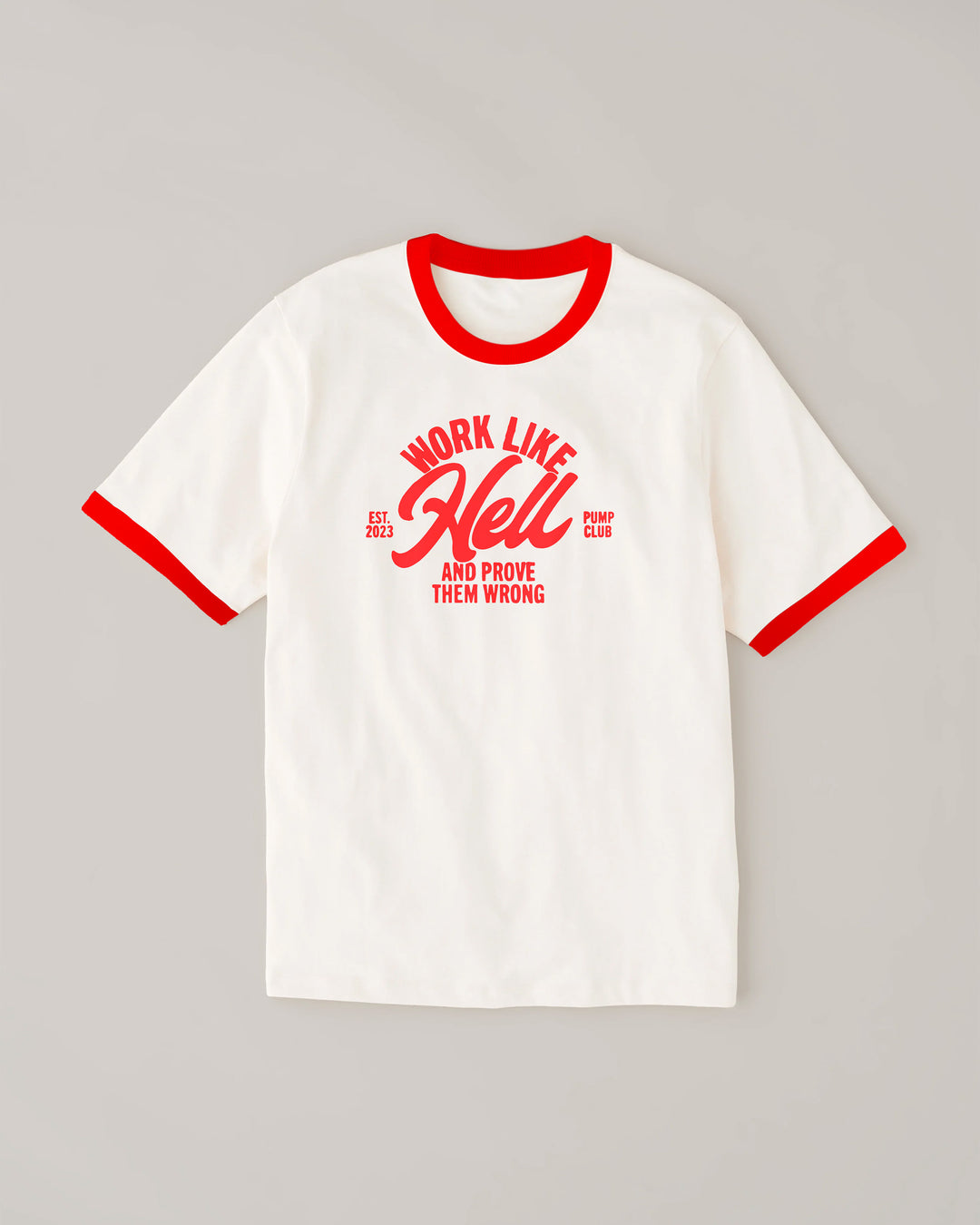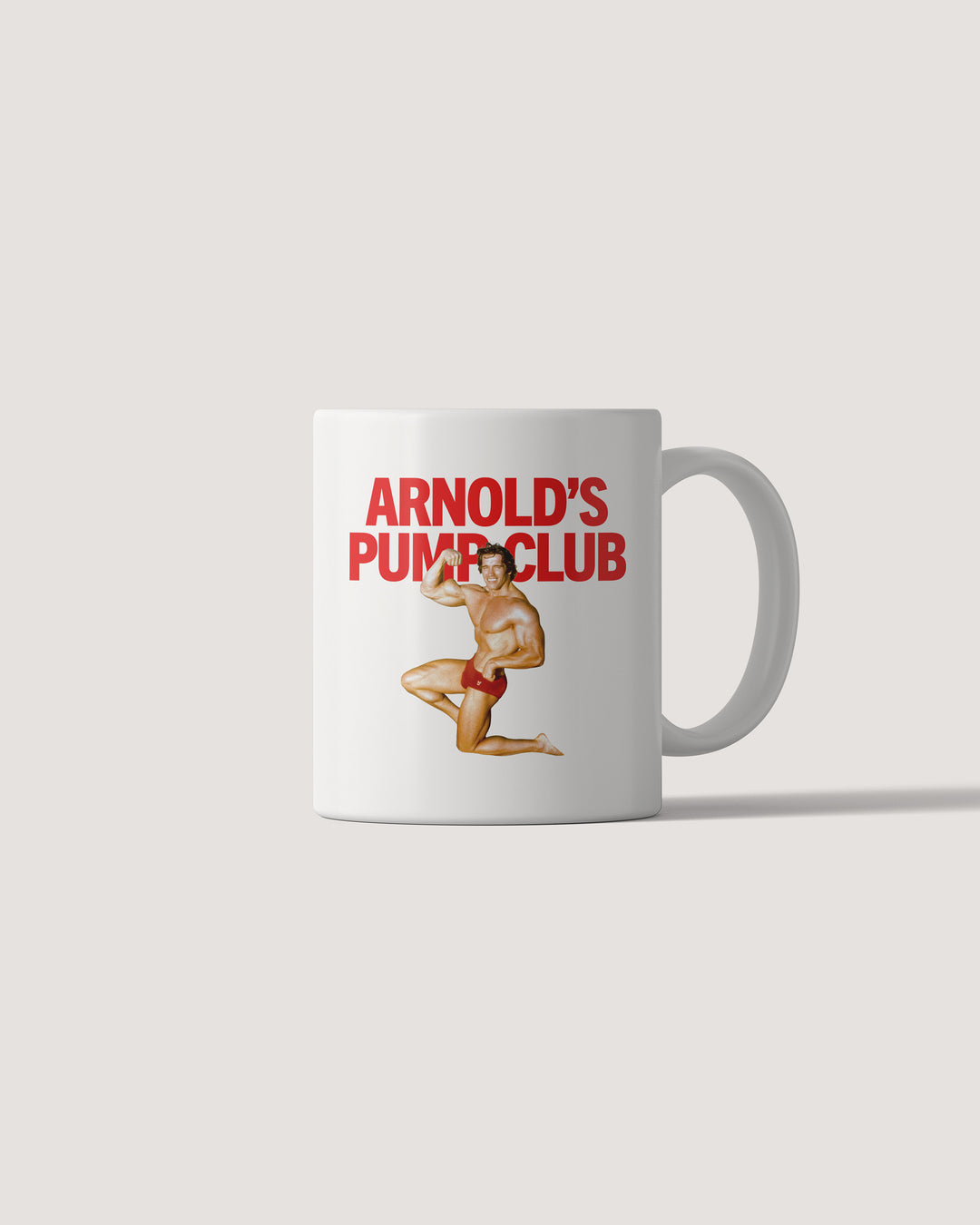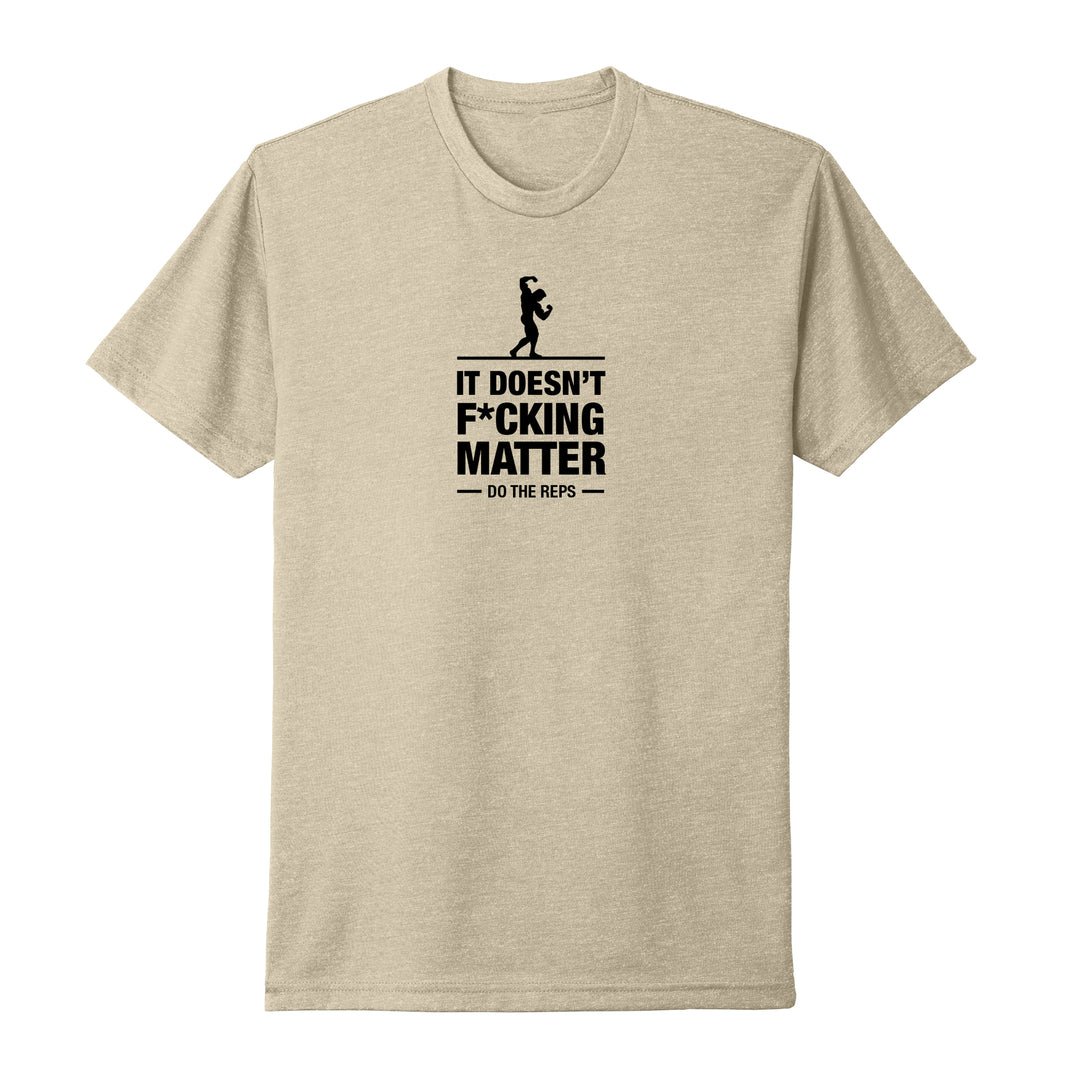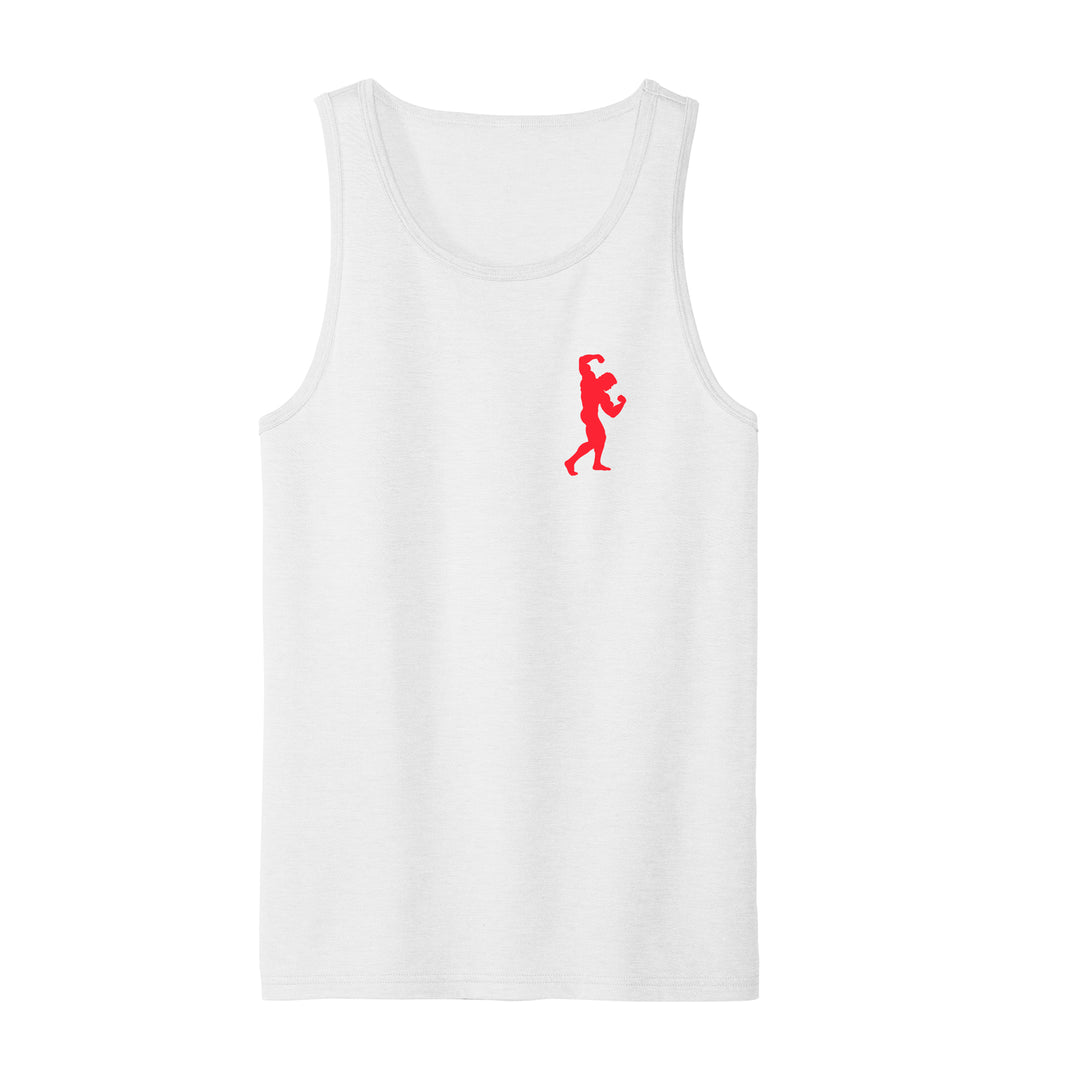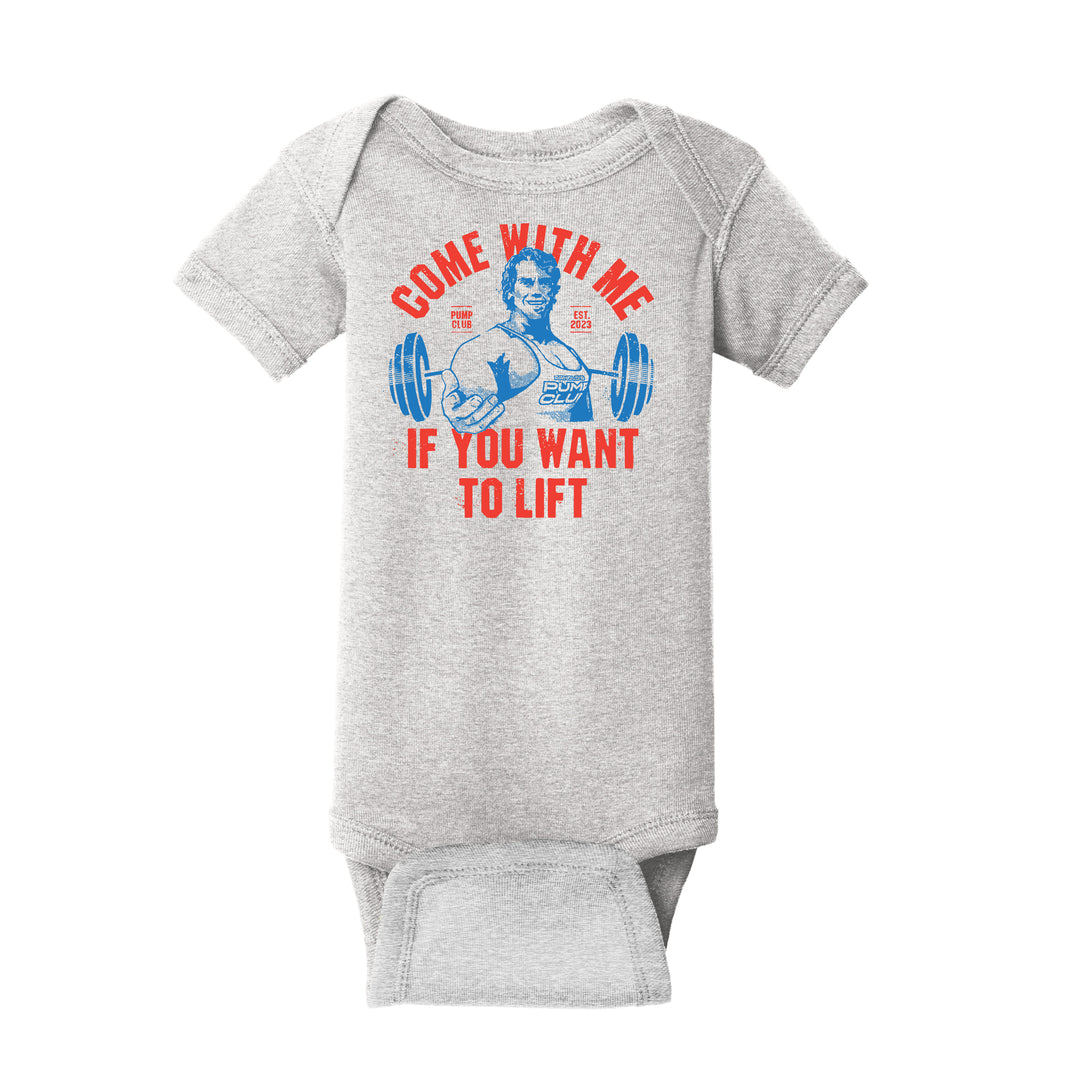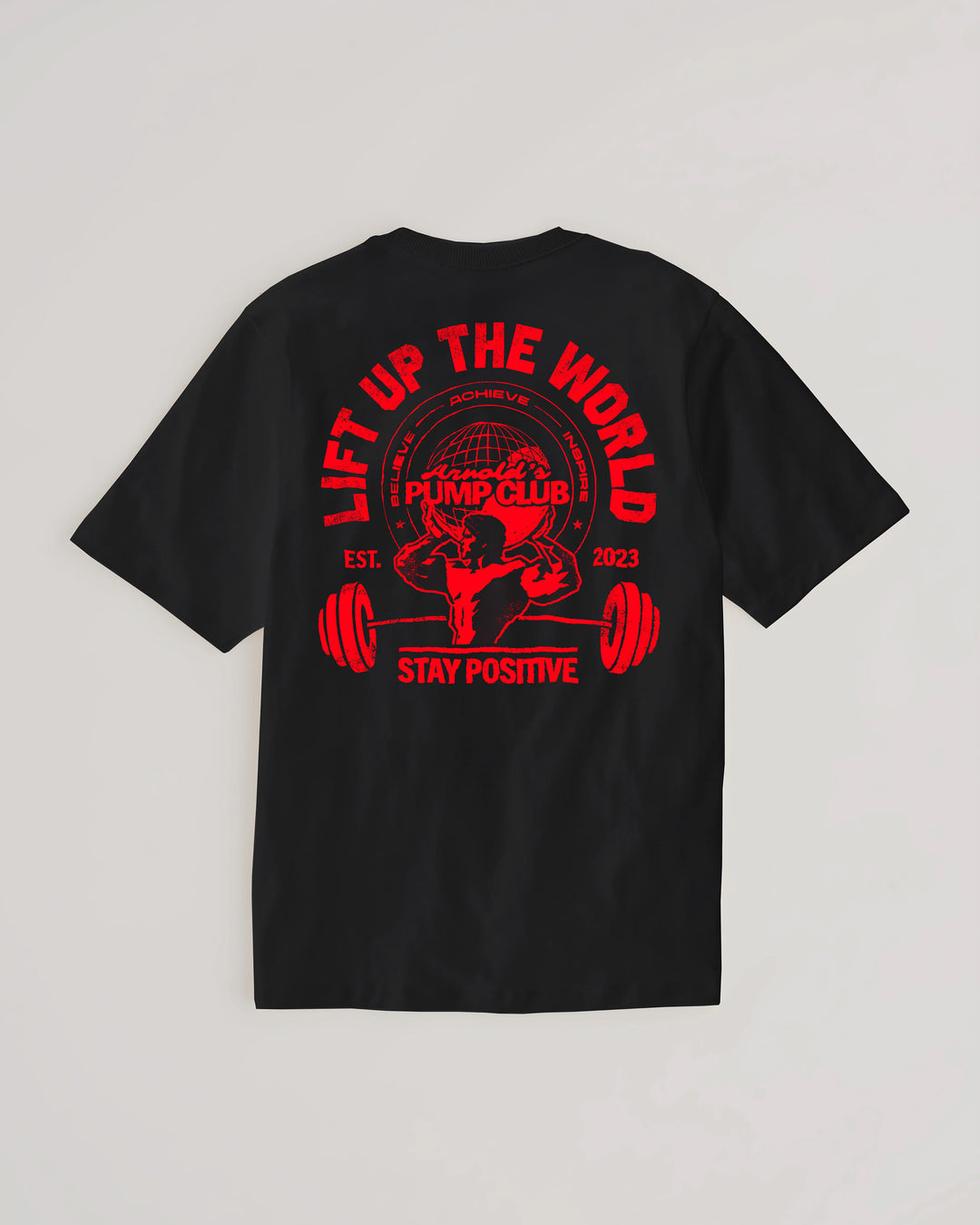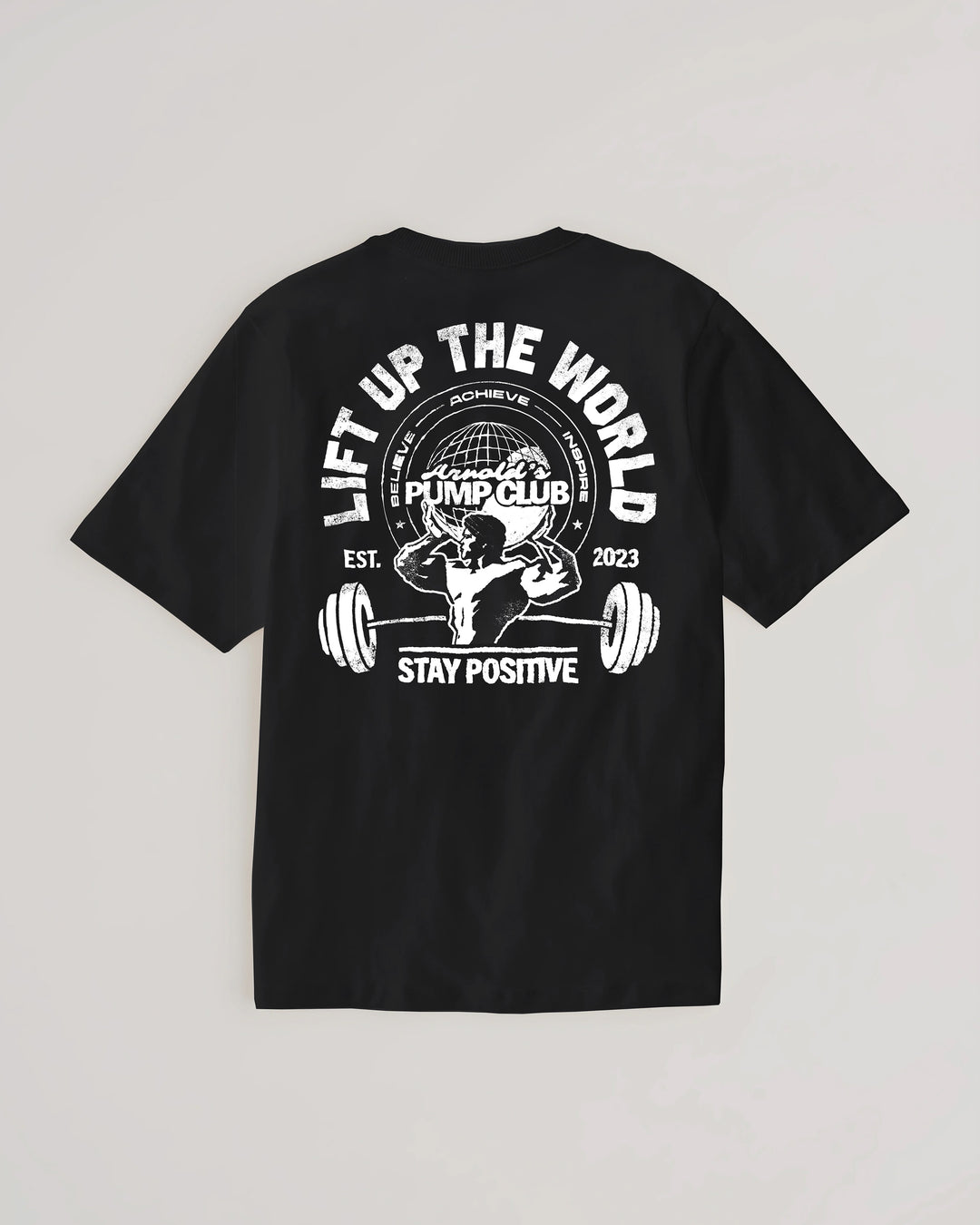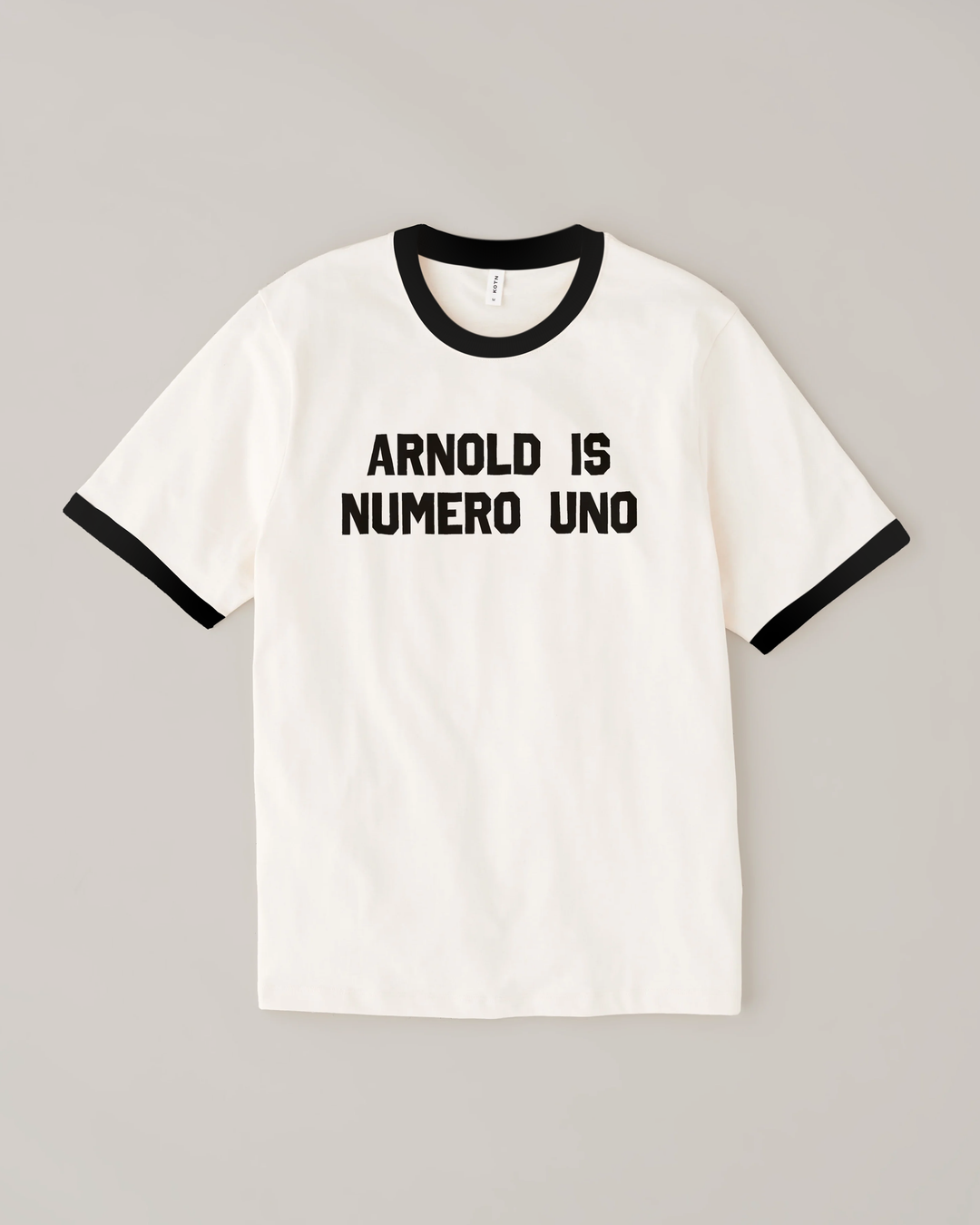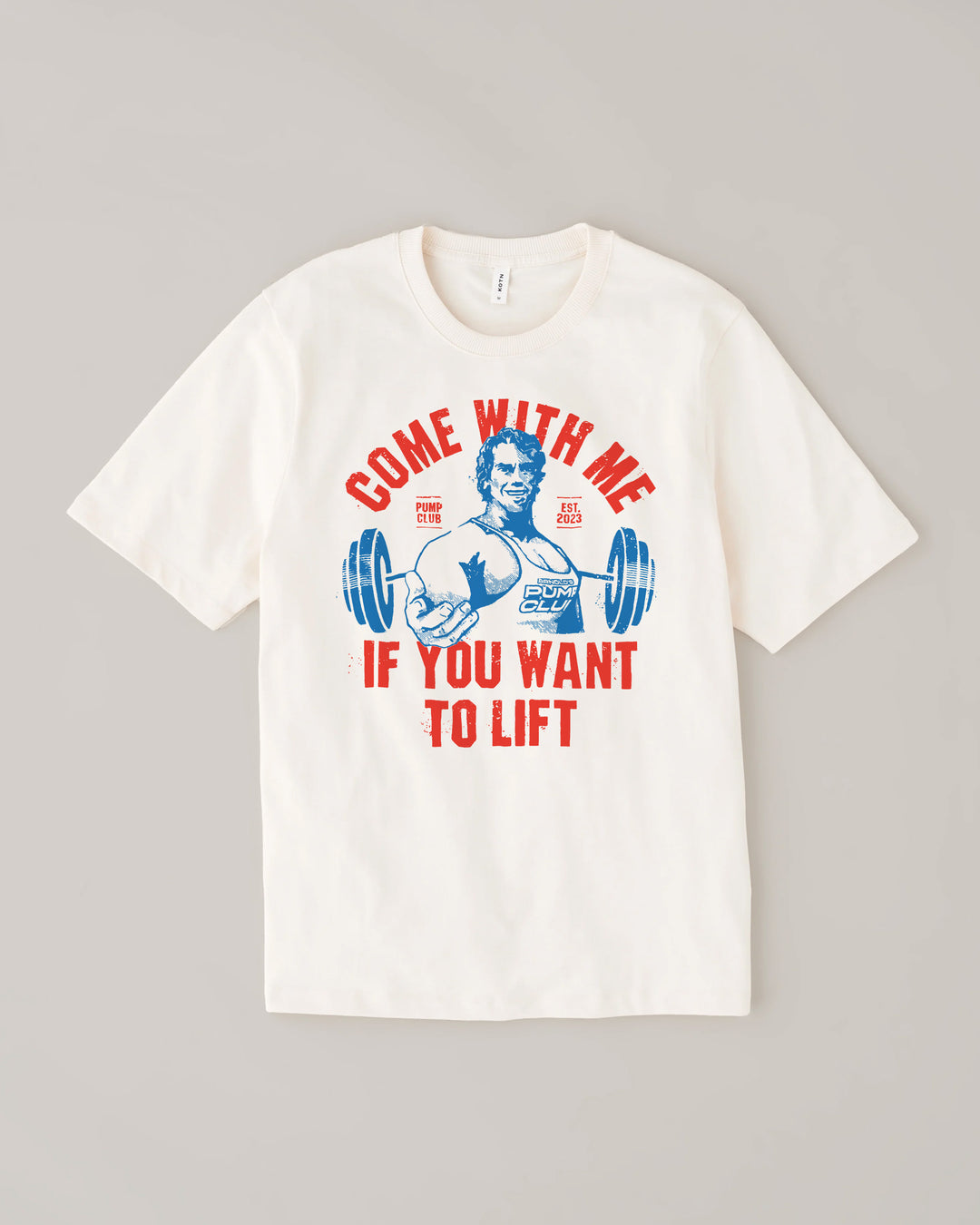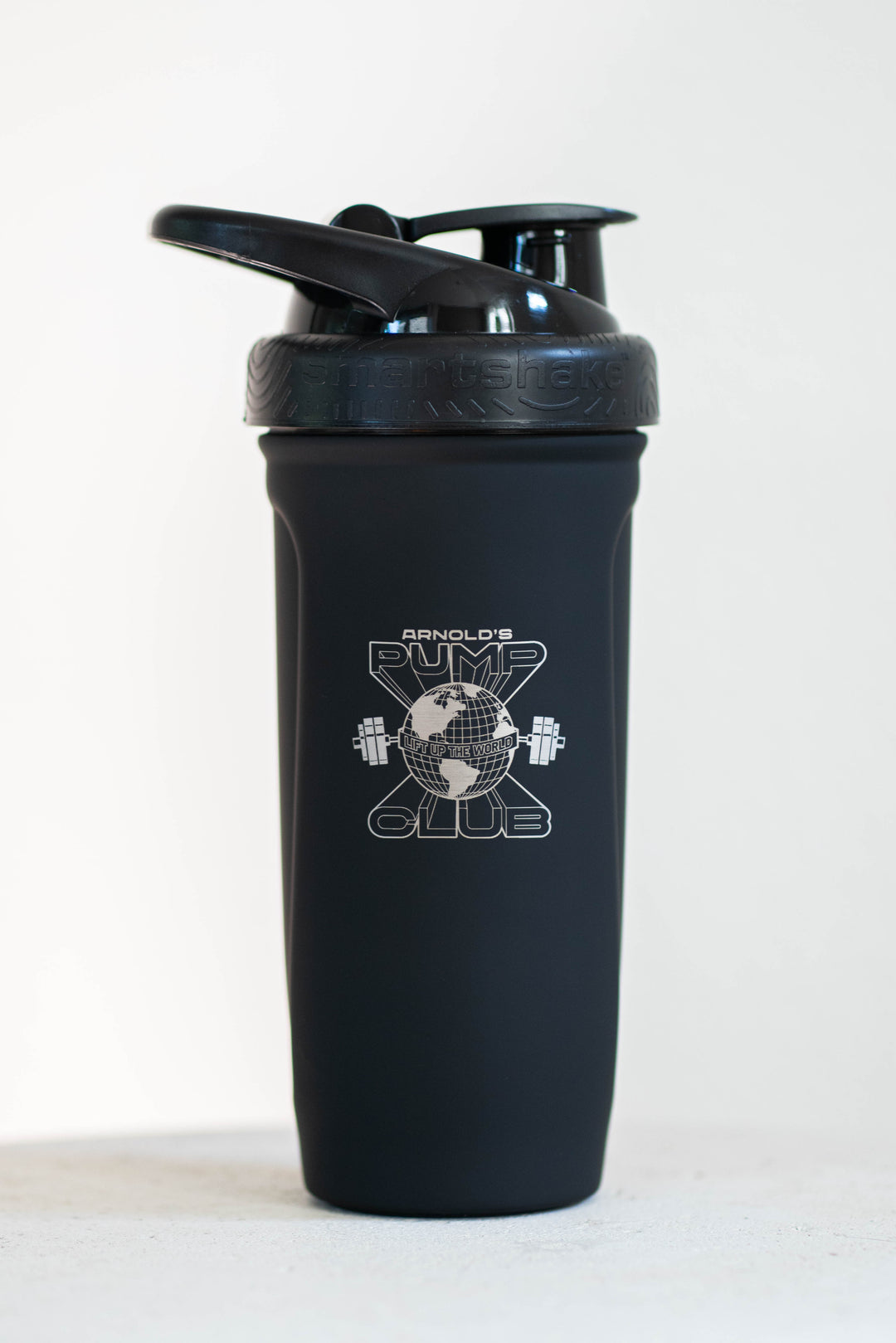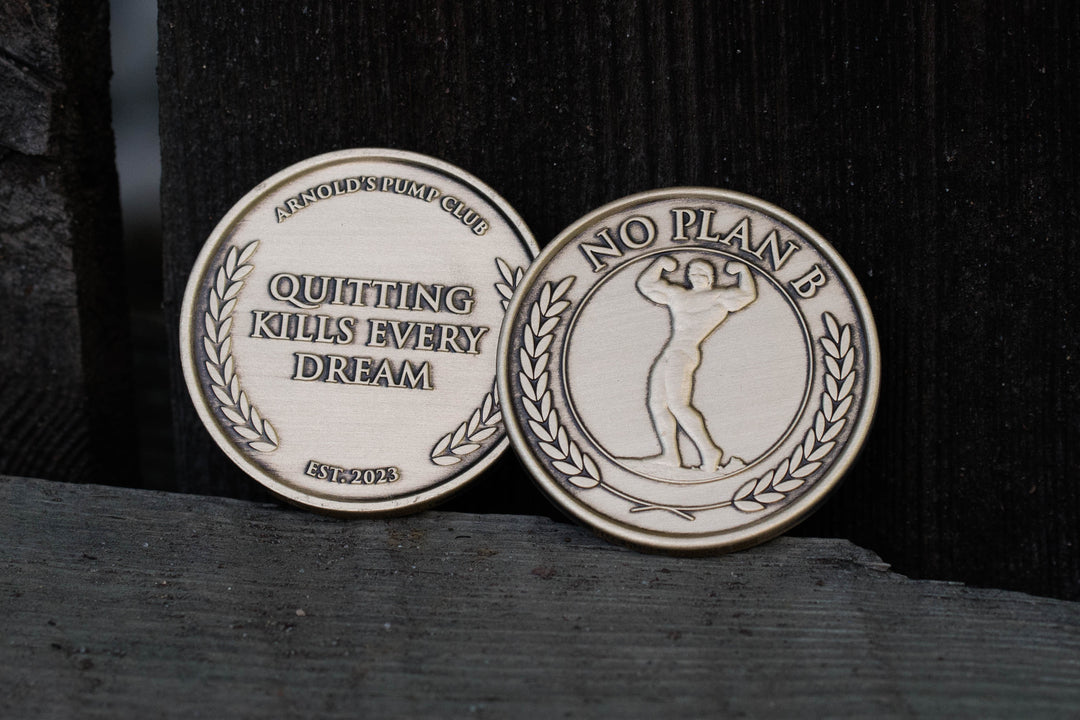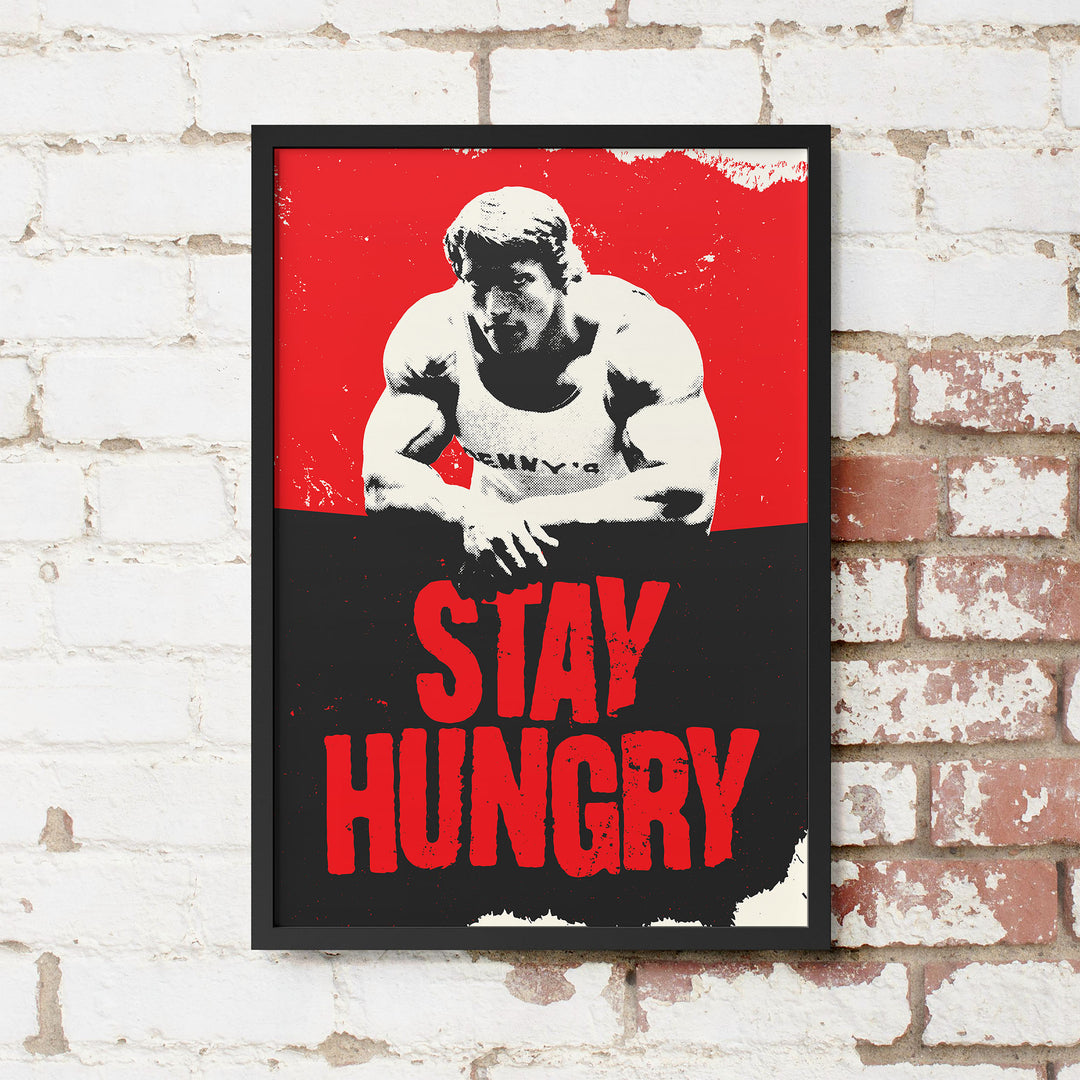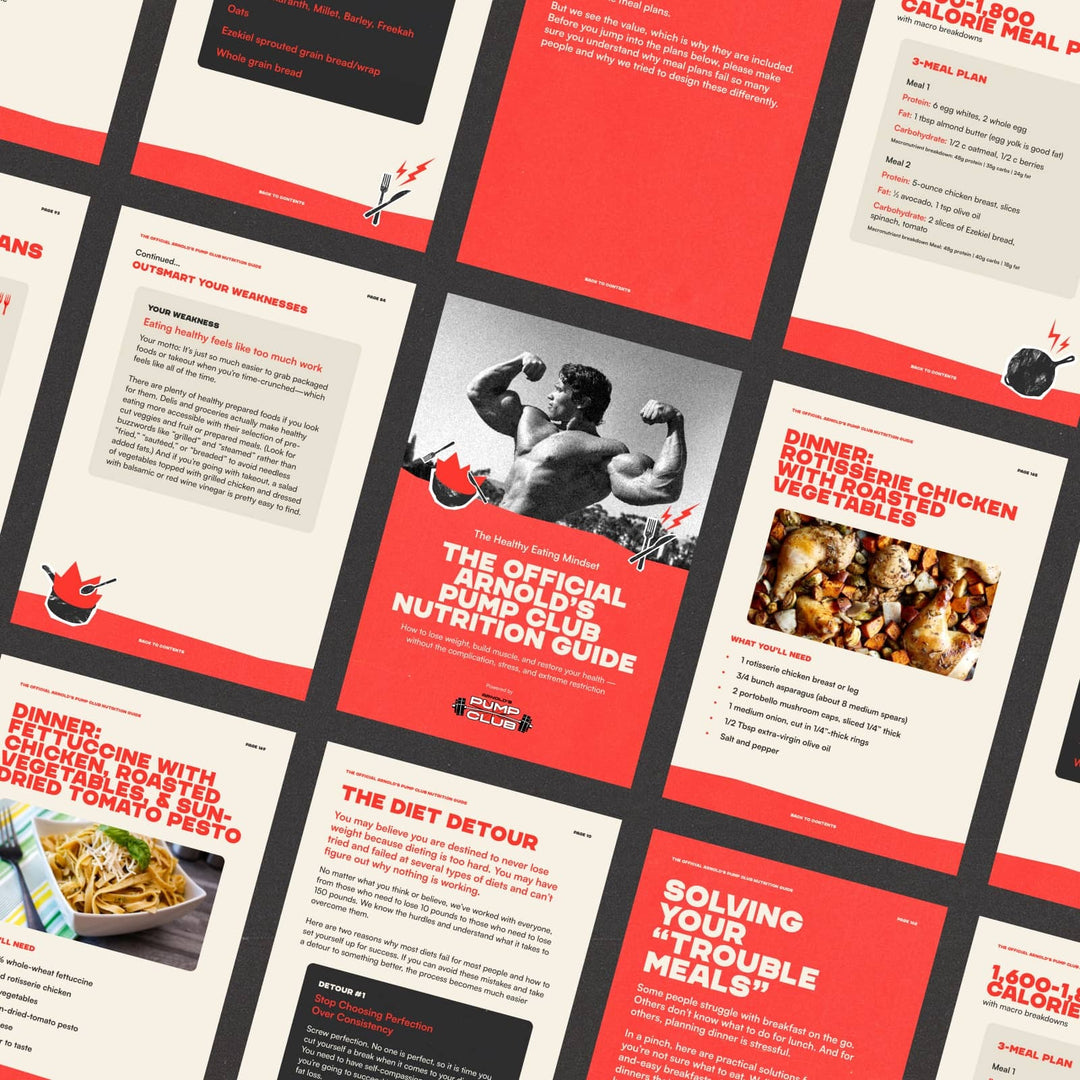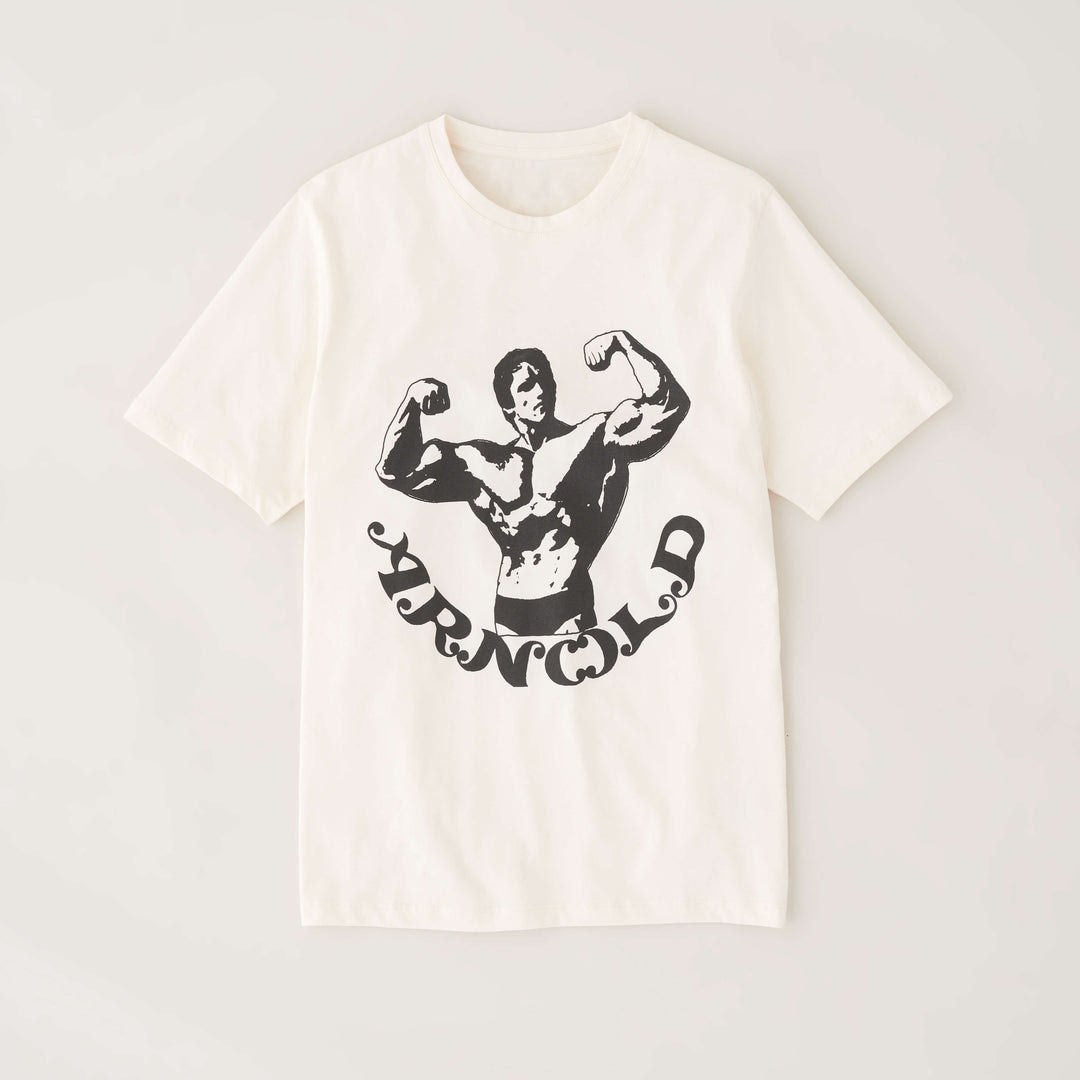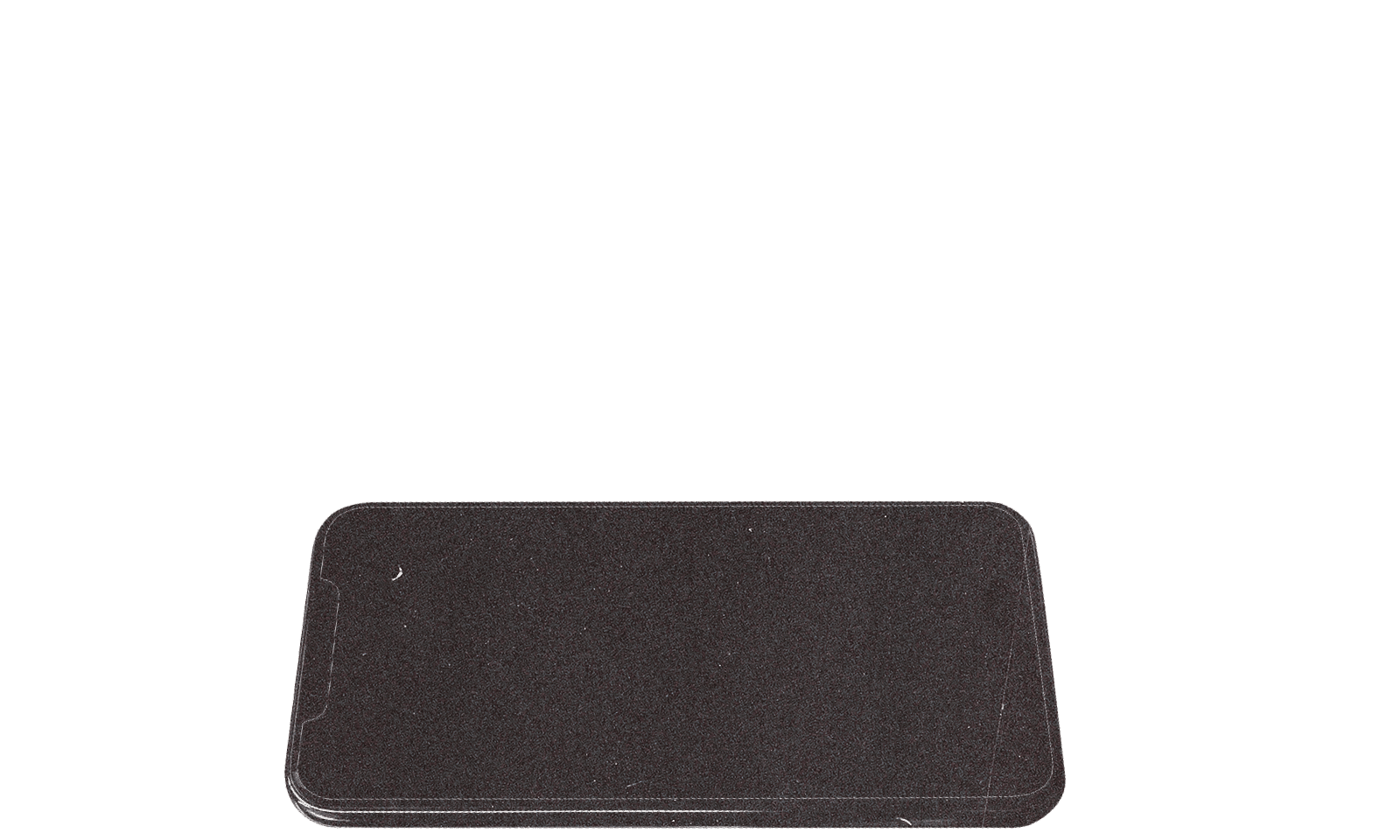Welcome to the positive corner of the internet. No one likes to feel tricked, especially about their health. That’s why every weekday, we make sense of the confusing world of wellness with quick tips designed to make you healthier in less than 5 minutes. If you were forwarded this message, you can get the free daily email here.
Today’s Health Upgrade
Does vitamin C kill the common cold?
The social fitness crisis
The science of overeating (is not what you think)
Arnold’s Podcast
Want more stories from Arnold? Every day, Arnold’s Pump Club Podcast opens with a story, perspective, and wisdom from Arnold that you won’t find in the newsletter. And, you’ll hear a recap of the day’s items. You can subscribe on Apple, Spotify, Google, or wherever you listen to podcasts.
Does Vitamin C Kill Colds?
Vitamin C is one of the most popular methods for getting rid of the common cold. But if you want some protection, don’t wait till you get sick.
Research suggests that supplementing vitamin C after a cold hits won’t do much, no matter how much you take. In other words, it's already too late once you feel a cold coming on. But that doesn’t mean you should drop Vitamin C from your life.
New research suggests that taking vitamin C preventatively could reduce the severity of your cold and make your symptoms less miserable.
Participants took vitamin C before they got sick and continued supplementing it during their illness. Compared to a placebo, those taking vitamin C reduced severe symptoms by 66 percent. Unfortunately, it doesn’t appear to affect the duration of a cold.
When immune cells start attacking virus cells, they create inflammation and damage as a byproduct. Because vitamin C is an important antioxidant, it may inhibit this collateral damage, reducing symptom severity.
If you want to get your Vitamin C naturally through your diet, good sources include oranges, pineapple, kiwi, bell peppers, strawberries, papaya, and grapefruit.
The Social Fitness Crisis
Every day — both in these emails and the Pump app — we’re focused on building the strength to lift up the world. That means offering practical, doable tips to improve your physical, mental, and emotional fitness.
But there might be one type of fitness we all need more of — social fitness. And a lack of training your social fitness muscles could be connected to more health issues than you imagined.
People are spending less time together than ever, and the decrease in happiness appears to be more than a coincidence. While there are many potential solutions, in a recent article from The Atlantic, Derek Thompson shares:
I don’t think hanging out more will solve every problem. But I do think every social crisis in the U.S. could be helped somewhat if people spent a little more time with other people and a little less time gazing into digital content that’s designed to make us anxious and despondent about the world. This young century, Americans have collectively submitted to a national experiment to deprive ourselves of camaraderie in the world of flesh and steel, choosing instead to grow (and grow and grow) the time we spend by ourselves, gazing into screens, wherein actors and influencers often engage in the very acts of physical proximity that we deny ourselves. It’s been a weird experiment. And the results haven’t been pretty.
As we’ve shared before, in an 85-year study conducted at Harvard (yes, 85 years!), social connection and belonging were some of the strongest indicators of a happy and healthy life.
Our take: try to carve out at least one hour a week to connect with a friend. The combination of more meaningful relationships and less time on your screens will likely boost your health in many ways. It’s time to build your social fitness, one gathering at a time.
The Science of Overeating
Telling someone to “eat less and move more” isn’t helpful. But understanding why you have trouble controlling your hunger could be the first step towards making small changes that work with your biology so you’re not constantly craving more food.
New research suggests food texture — specifically the softness of a food — might significantly influence how much you overeat.
Researchers examined the effect of food texture and processing on total calorie intake. Based on prior studies, it appears that increasing the processing of food (such as adding salt, sugar, and fat) results in you eating more. That is true, but it’s not just the level of processing that matters.
When you eat harder foods, scientists found you might eat hundreds of calories fewer per day.
In fact, those eating hard, ultra-processed foods ate less than those eating soft, minimally processed foods. On paper, the ultra-processed foods should’ve led to the most overeating, but that wasn’t the case.
This is likely because of the science of palatability. Even though research suggests that people eat more when consuming ultra-processed foods, other mechanisms determine your total intake. Specifically, research suggests how quickly you consume a meal determines fullness levels and total calorie intake.
So, by eating harder foods (think eating almonds instead of almond butter), you’re forced to chew more. And that triggers a domino effect that slows your eating speed and increases fullness, resulting in you eating less each meal. It’s why tool #3 of You Can’t Screw This Up is “take 20 minutes.” Research suggests that those who take 20 minutes to eat consume significantly less, and including more hard foods is one of the simplest ways to slow down.
—
Publisher: Arnold Schwarzenegger
Editors-in-chief: Adam Bornstein and Daniel Ketchell










